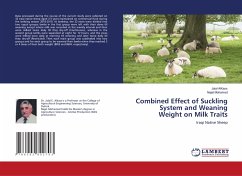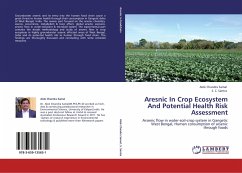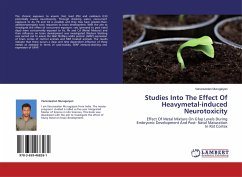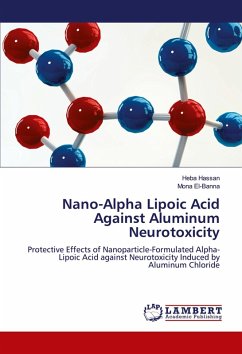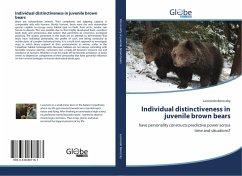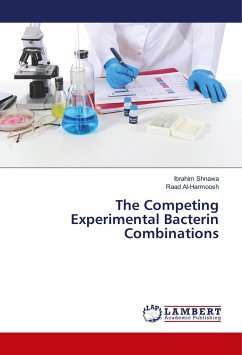
INDIVIDUAL AND COMBINED NEUROTOXIC EFFECTS OF CYANOBACTERIAL TOXINS
Neurotoxic potential of Microcystins
Versandkostenfrei!
Versandfertig in 6-10 Tagen
46,99 €
inkl. MwSt.

PAYBACK Punkte
23 °P sammeln!
Toxic cyanobacteria are abundant in marine and freshwaters including rivers, lakes and drinking water reservoirs. Dating back to George Francis's first publication in 1878, numerous cyanobacterial poisonings of aquatic and terrestrial animals as well as humans have been reported worldwide. This is especially true for Microcystins a group of serine/threonine-specific protein phosphatase inhibitors with more than 80 variants. Whereas the hepatotoxic potential of Microcystin-LR is well characterized, organ- and cell- type specific toxicity induced by other Microcystin variants is poorly understoo...
Toxic cyanobacteria are abundant in marine and freshwaters including rivers, lakes and drinking water reservoirs. Dating back to George Francis's first publication in 1878, numerous cyanobacterial poisonings of aquatic and terrestrial animals as well as humans have been reported worldwide. This is especially true for Microcystins a group of serine/threonine-specific protein phosphatase inhibitors with more than 80 variants. Whereas the hepatotoxic potential of Microcystin-LR is well characterized, organ- and cell- type specific toxicity induced by other Microcystin variants is poorly understood. This study presented here clearly revealed that organic anion transporting polypeptides play a crucial role in the neuronal uptake of Microcystins and that the uptake and subsequent neurotoxicity is highly dependent on the Microcystin variant. If these observations can be extrapolated to the human, they not only explain the observed neurotoxicity in the Caruaru accident, but also highlight the problem of using only Microcystin- LR, as the basis for Microcystin related human risk assessment.




